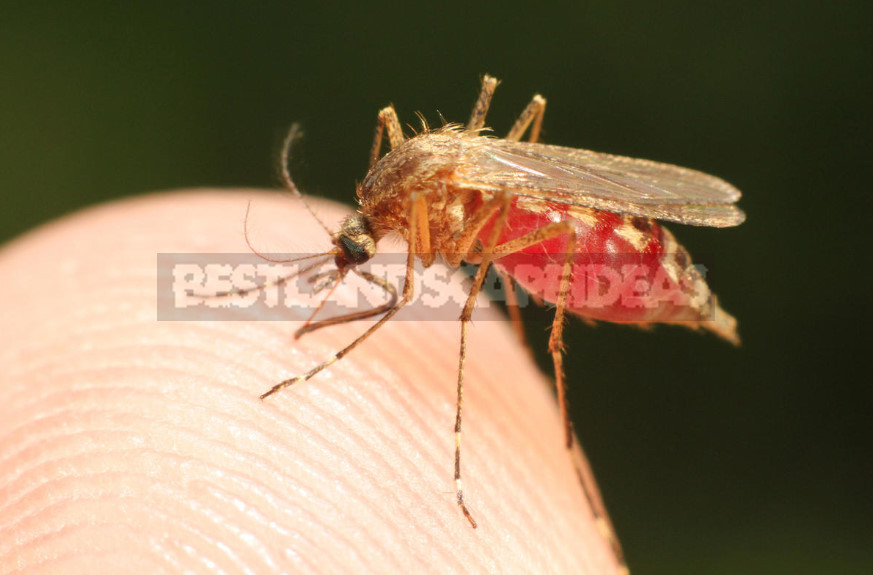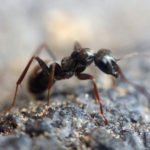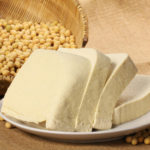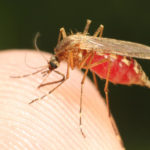Summer is here: the birds are singing, gardens are in bloom, fragrance — beauty! It’s time to take a vacation and go on vacation. But whatever kind of pastime you prefer — a trip to fishing, cottage, Hiking or bliss in the resort by the sea, you are sure to come across them.
Mosquitoes. These small blood-sucking insects can not only spoil the rest, but also make life unbearable even in a city apartment. How painful to get back to sleep, hearing in the darkness the thin mosquito squeak! In addition to discomfort from itchy bites, mosquitoes can carry another danger. They are the source of various diseases and infections.
Than dangerous mosquitoes
The mosquito is a symbol of molestation. To see him in a dream — to empty troubles and a meeting with unpleasant people. But the collision with these mosquitoes, in reality, can face different real unpleasant consequences.

Allergic reaction
At the site of the insect bite is usually formed redness and swelling, all accompanied by a slight itching. This is caused by an allergic reaction of the body to the mosquito protein contained in its saliva. Her insect injects during the injection for local anesthesia, and to keep the victim’s blood from clotting too quickly. For most people, this itch and ends an unpleasant encounter with a bloodsucker.
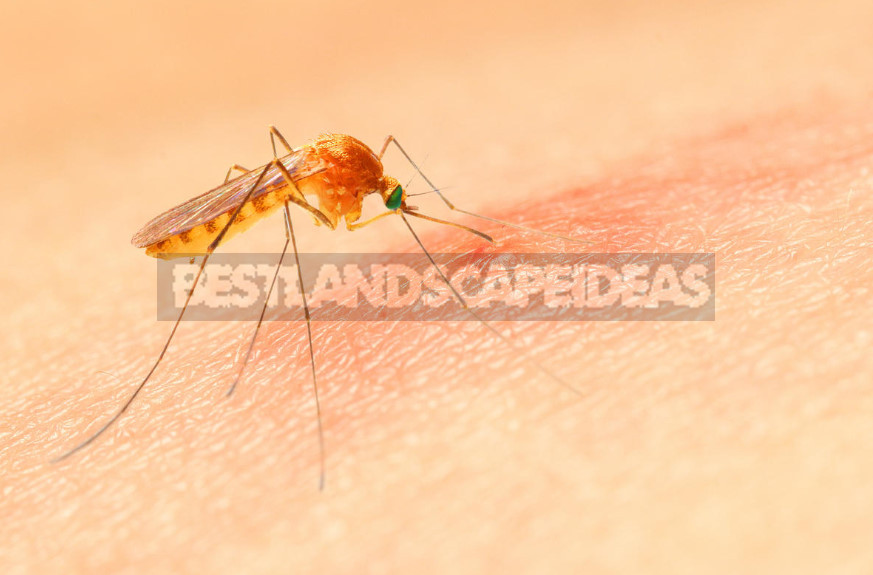
But some contacts with mosquitoes cause more allergic reaction — culicids (mosquito Allergy). In this case, even a single bite is accompanied by severe swelling, rash, fever, difficulty breathing, headache. In those suffering from mosquito Allergy at the site of the bite can form blisters — large infiltration of liquid under the skin.
With numerous bites, symptoms of poisoning with nausea and vomiting, angioedema, which is sometimes accompanied by asphyxia, may appear. Swelling of the respiratory tract can lead to death if the victim does not provide assistance in time.
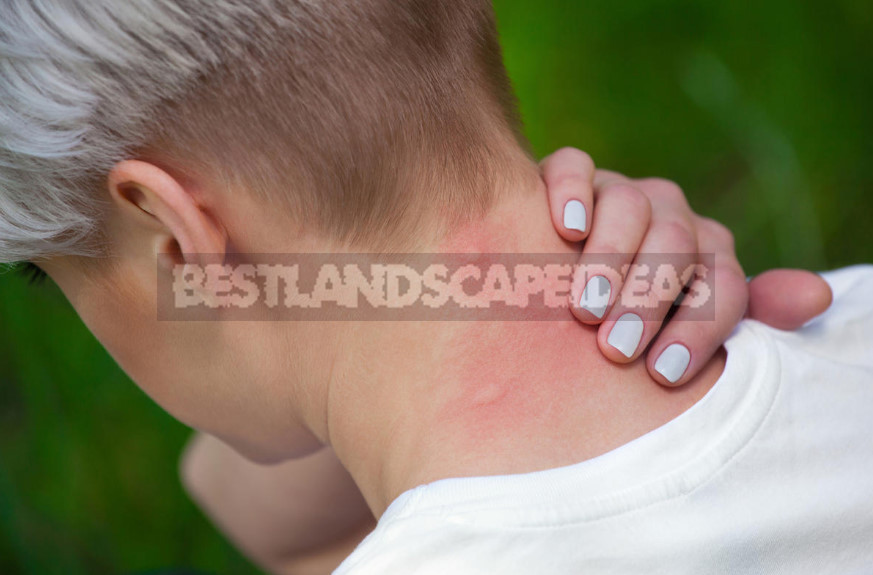
Mosquito — vector of diseases
Do not think that if you do not have an acute reaction to mosquito bites, it will scratch a little and everything will pass. Blood-sucking insects carry vector-borne diseases (infectious human diseases transmitted by arthropods).

Different types of bloodsuckers can be carriers of protozoan (infections caused by parasitic protozoa), bacterial, viral, parasitic diseases. In the medical reference book of the publication of the 50s of the last century lists more than fifty diseases, which are really infected wave after mosquito bites. These include rift valley fever, yellow fever, tularemia, lymphatic filariasis, hepatitis B and C, Lyme disease, Dengue fever, leishmaniasis and, of course, well-known malaria.
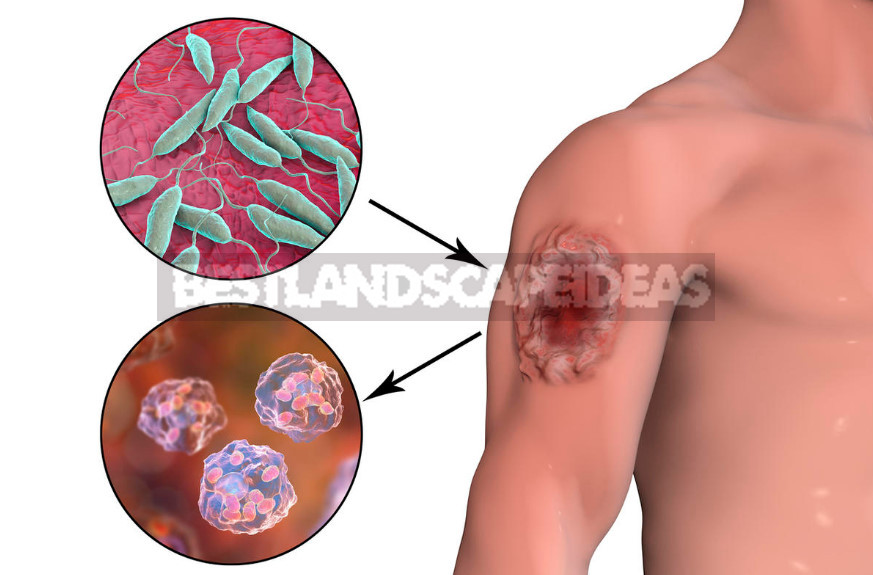
Tropical regions are the most dangerous. If you went to rest abroad, the potential danger can carry any bite. In our country, due to the colder climate in a large area, the risk of catching the infection, usual for hot regions, is much less. But there are diseases carried by mosquitoes, and characteristic of our climatic conditions.
And the ability and desire of people to travel to countries with tropical climates expands the boundaries of such previously unknown diseases as dengue fever or West Nile fever. And foreign mosquitoes themselves began to wander (on ships, aircraft) and spread outside the area of their natural habitat, complementing the species composition of local.
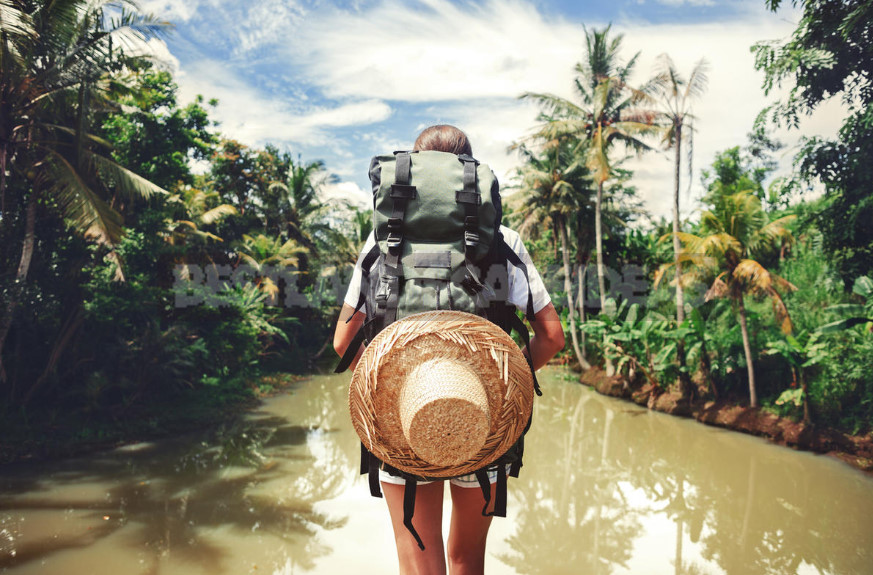
The risk of diseases transmitted by exotic mosquito bites increases due to several factors:
- often a person does not pay attention to the bite;
- the incubation period of many diseases lasts for several months. You will have time to come from the resort and already forget about the vacation and the bite, but remain a carrier of infection;
- parasitic protozoa, viruses, helminths, mosquito-borne, insensitive to antibiotics;
- diagnosis of atypical diseases is difficult for doctors.

The habits of the enemy
It must be hard to find someone who doesn’t know what a mosquito looks like. Entomologists number about 3,000 species that belong to several genera, such as Real mosquitoes, Aedes, Malarial, Burning and even several tens of. On the territory of our country there are about 100 species. The form of legs and antennae of different representatives, of course, is not important to non-specialists, but the knowledge of the “habits” of bloodsuckers is quite useful.
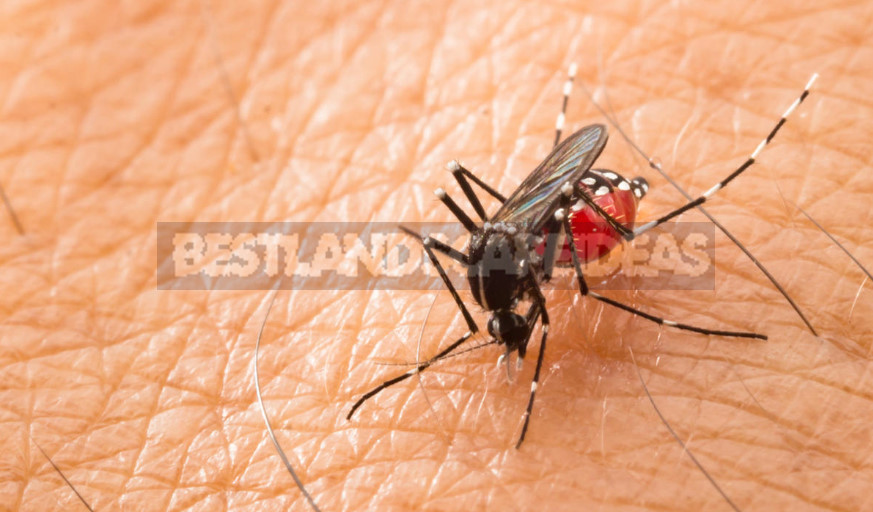
Not all famous scientists of the variety of mosquito tribe of bloodsuckers. More precisely, all mosquitoes actually feed on nectar, pollinating a lot of plants. But females of some species, in addition to sweet juice of plants, still suck blood.
However, mosquitoes consume nutrients derived from the blood of mammals, birds and even fish and reptiles (frogs mosquitoes also bite), not waving wings at a speed of 1000 strokes per second and other mosquito needs related to the maintenance of the life of the body. The blood is solely on the development in the body of females fertilized eggs until laying.
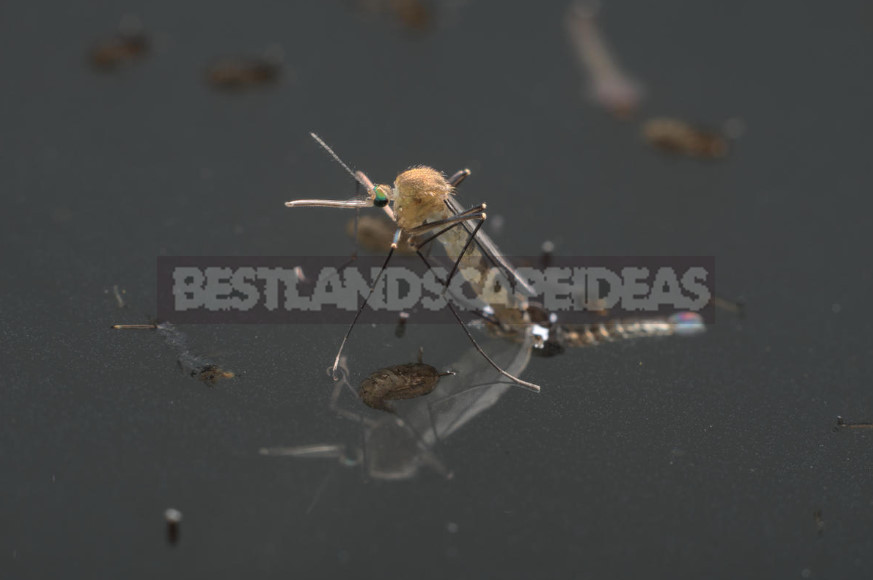
But even blood-sucking species of mosquitoes can reproduce without the use of proteins contained in the blood plasma — just clutches female will do less. And the number of eggs in the clutch, too, will at times differ in the smaller side from her more fortunate companions. So Yes, the more we “feed” mosquitoes with their blood, the more they appear.
An increase in the insect population contributes to the abundance of places around human habitation, convenient for reproduction. Mosquitoes often lay eggs on the surface of standing, well-warmed by the sun and rich in organic water.
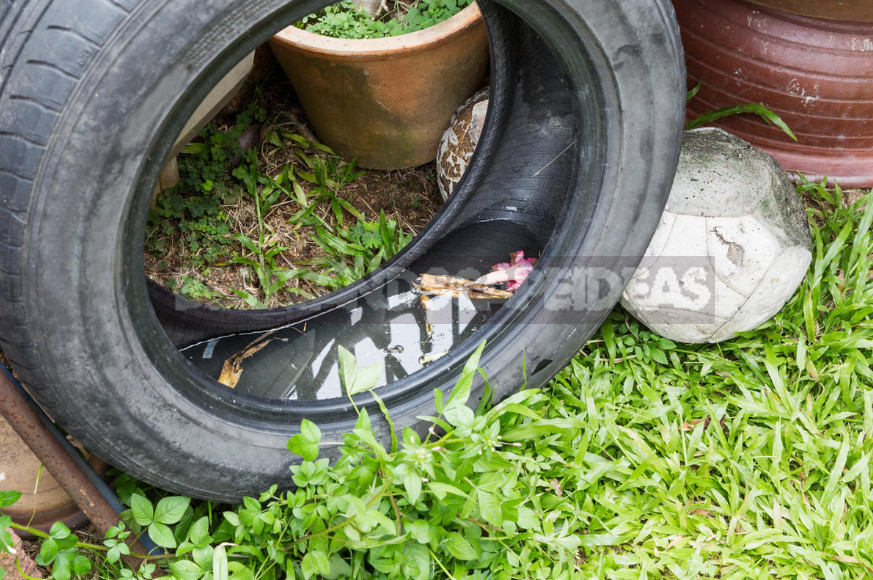
And it is not necessarily a big river, lake or pond. On the contrary, a decorative garden pond, a barrel of water for irrigation and even a rusty tin can with rainwater are more preferred places for the development of mosquito larvae. Insects do not like fast currents or waves — they destroy fragile eggs. And the rate of development of the larva depends on the temperature: in a small puddle of water warms up easier, faster are born new mosquitoes.
